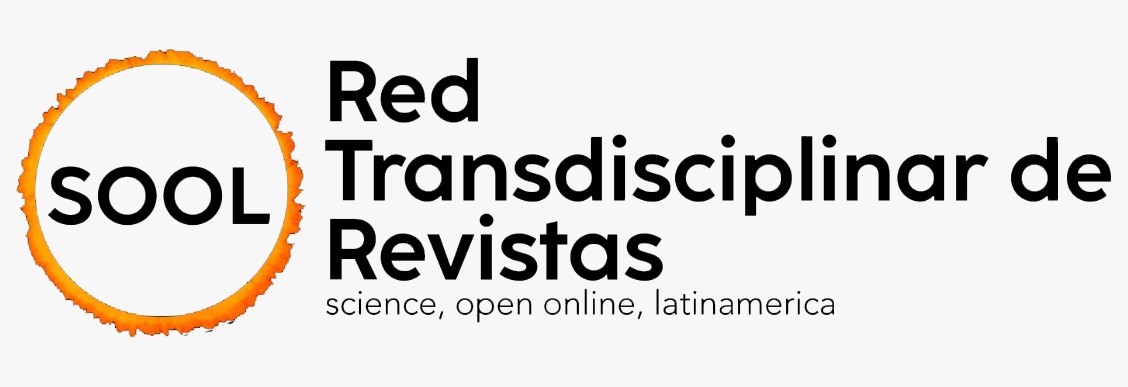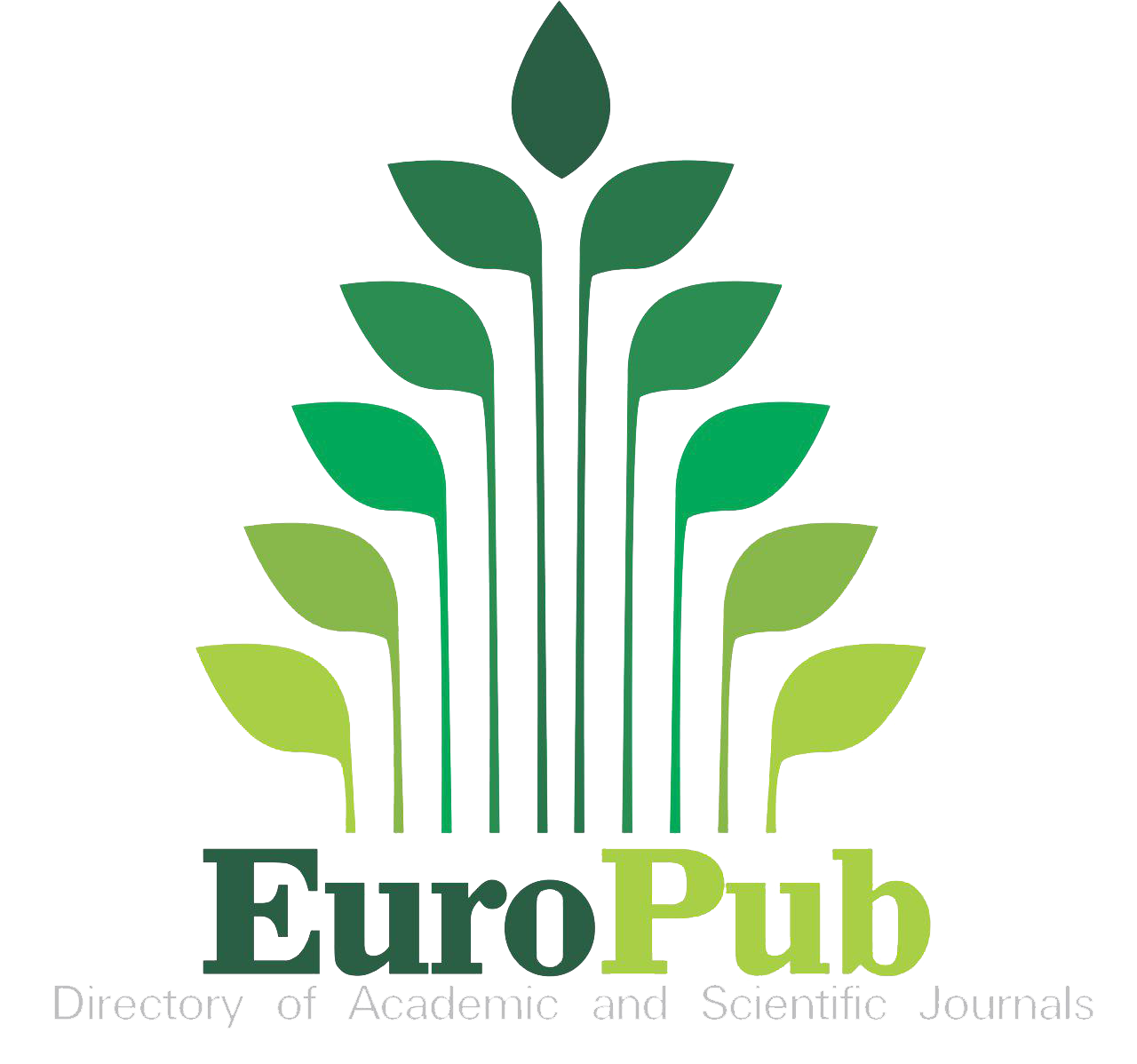Linguistic interference in the writing production of learners of English as Foreign Language
Palabras clave:
linguistic interference, lexical-semantic level, corpus de appendices, second or foreign languageResumen
Introduction: Linguistic interference, also known as language transfer, occurs when learners of a second or foreign language (in this case, English) apply knowledge, rules, or structures from their native language-L1(in this case, Spanish) while using the target language (L2). This phenomenon can significantly influence writing production among English as a Foreign Language (EFL) learners. Objective: The aim of this piece of research is to develop an inventory of the most frequent linguistics errors made by Ecuadorian speakers during the process of learning English as a Foreign Language (EFL). Material and methods: This inventory has been carried out from the extraction of data from the COREAILE corpus, made up of the narrative production of students belonging to the Pedagogía de los Idiomas Nacionales y Extranjeros major (Pedagogy of National and Foreign Languages major) of the Universidad Técnica de Manabí (Ecuador). An inventory of linguistic errors has been established that will allow teachers of English as FL to better understand the interlanguage of their students and work on correcting the most frequent errors. Using the participants' narrations in English, formalized in a corpus as a data source, lexical-semantic interference was detected, establishing an error taxonomy. Three types of instruments were designed in order to obtain data from the written interlanguage of the participants: Comic strips, The story of my life and Past experience. The information which has gotten indicates that there is a large recurrence of interference errors in Ecuadorian English learners regarding the tendency to invent words due to the influence caused by their when writing a text in English. The results show that the most frequent errors are due to four main categories: false collocations, false cognates, invented words and literal translation. In conclusion, mistakes made by EFL learners are great indicators of the progress of students' language learning.
Citas
Alonso, M. (2015). Análisis de errores en oraciones condicionales y concesivas en aprendientes de ELE serbohablantes (Tesis Doctoral). Universidad Autónoma de Madrid. https://repositorio.uam.es/handle/10486/667870
Balenović, K. (2017). Interlanguage development in early EFL learning in Croatia: An insight into individual learner profiles. US English Teaching, 14(7), 436-445. doi:10.17265/1539-8072/2017.07.005
Barbasán, I. (2016). El error léxico en la interlengua de lenguas afines: Italiano y Español (Tesis doctoral no publicada). Universitat Politècnica de València. http://hdl.handle.net/10251/63145
Bennui, P. (2008). A study of L1 interference in the writing of Thai EFL students. Malaysian Journal of ELT Research, 4, 72–102.
Brown, D. (2007). Principles of Language Learning and Teaching (5th ed.). Pearson Longman.
Cabrera, P., Gonzales, P., Ochoa, C., Quiñonez, A., Castillo, L., Solano, L., Espinoza, F., & Arias, M. (2004). Spanish Interference in EFL Writing Skills: A Case of Ecuadorian Senior High Schools, English Language Teaching 7(7), 40-47. doi:10.5539/elt.v7n7p40
Cecovniuc, I. (2017). ¿Qué prefiere usted, pagar en metálico o con cardo?: los falsos amigos y su concienciación lingüística en las aulas plurilingües de ELE (Tesis Doctoral). Universitat Pompeu Fabra.
Corder, S.P. (1967). La importancia de los errores del que aprende una lengua segunda. En Liceras, J. M. (Ed.). (1992), La adquisición de las lenguas extranjeras: hacia un modelo de análisis de la interlengua (Vol. 14) (pp. 31-40). Visor.
Corder, S.P. (1971). Dialectos idiosincrásicos y análisis de errores. En Liceras, J. M. (Ed.). (1992), La adquisición de las lenguas extranjeras: hacia un modelo de análisis de la interlengua (Vol. 14) (pp. 63-77). Visor.
Corder, S. P. (1973). Introducing Applied Linguistics, Penguin, Harmondsworth, (Edición en español: Introducción a la Lingüística Aplicada, México, Limusa, 1992).
Corder, S. P. (1977). Language continua and the interlanguage hypothesis. In Corder, S. P. (1981), Error analysis and interlanguage (pp. 87-94). Oxford University Press.
Crystal, D. (2003). English as a Global Language (2nd Ed.). Cambridge University Press.
Darus, S., & Subramaniam, K. (2009). Error analysis of the written English essays of secondary school students in Malaysia: A case study. European journal of social sciences, 8(3), 483-495.
Dongjin, W. (2011). Language transfer and the acquisition of English light verb + noun collocation by Chinese learners. Chinese Journal of Applied Linguistics, 34(2), 107-125.
Ellis, R. (1994). The study of second language acquisition. Oxford University Press.
Erdoğan, V. (2005). Contribution of Error Analysis to Foreign Language Teaching. Mersin University Journal of the Faculty of Education. 2, 261-270.
Fallahi, M. (1991). Contrastive linguistics and analysis of errors, Vol. 1: The grammatical structure of English and Persian. Iran University Press.
Ferreira, A., & Elejalde, J. (2017). Análisis de errores recurrentes en el Corpus de Aprendices de Español como Lengua Extranjera, CAELE. Revista Brasileira de Lingüística Aplicada, 17(3), 509-538.
Galindo, M. (2005). La incorporación del nivel pragmático a la investigación sobre los procesos de transferencia en la adquisición de segundas lenguas . ELUA. Estudios de Linguistica , 19, 137-155. https://rua.ua.es/dspace/bitstream/10045/6100/1/ELUA_19_07.pdf
Gass, S., & Selinker, L. (2008). Second Language Acquisition: An Introductory Course. Routledge.
Isurin, L. (2005). Cross-linguistic transfer in word order: evidence from L1 forgetting and L2 acquisition. In J. Cohen, K.T. McAlister, K. Rolstad y J. MacSwan (Eds.), Proceedings of the 4th International Symposium on Bilingualism (pp. 1115-1130). Cascadilla Press
Keshavarz, M. (2012). Contrastive analysis and error analysis. Rahnama press. Tehran University.
Kırkgöz, Y. (2010). An analysis of written errors of Turkish adult learners of English. Procedia-Social and Behavioral Sciences, 2(2), 4352-4358.
Lekova, B. (2010). Language interference and methods of its overcoming in foreign language teaching. Trakia Journal of Sciences, 8(3), 320-324. http://tru.uni-sz.bg/tsj/vol8.suppl.3.2010/b.lekova.pdf
Liceras, J. M. (Ed.). (1992). La adquisición de las lenguas extranjeras: hacia un modelo de análisis de la interlengua (Vol. 14). Visor.
Londoño, D. (2008). Error analysis in a written composition. Profile Issues in Teachers Professional Development, 10, 135-146.
López Urdaneta, J. (2011). Spanish-English writing structure interferences in second language learners. Gist Education and Learning Research Journal, 5, 158-179
Macias Loor, M. & Garrote, M. (2020) Análisis de las interferencias léxico-semánticas y morfosintácticas del español al inglés en el texto narrativo de estudiantes universitarios [Tesis de doctorado no publicada]. Universidad Nacional de Rosario.
Mahmoud, A. (2000). Modern standard Arabic vs. non-standard Arabic: Where do Arab students transfer from? Language, Culture and Curriculum, 13 (2) 126-136. doi:10.1080/07908310008666594
Marin, F. (2013). Análisis y diagnóstico de errores en en estudiantes de Inglés como lengua extranjera. Revista científica, 8, 182-198. https://dialnet.unirioja.es/descarga/articulo/4729853.pdf
Miles, M., Huberman, M., & Saldaña, J. (2014). Qualitative data analysis: a methods sourcebook. SAGE.
Myers-Scotton, C. (2006). Multiple voices: An introduction to bilingualism. Blackwell.
Nemser, W. (1971). Los sistemas aproximados de los que aprenden lenguas segundas. En Liceras, J. M. (Ed.). (1992). La adquisición de las lenguas extranjeras: hacia un modelo de análisis de la interlengua (Vol. 14) (pp. 51-61). Visor.
Nilsen, Don L. F. (1977). False Cognates in English and Spanish. En Studies in Descriptive and Historical Linguistics: Festschrift für Winfred P. Lehmann, ed. P. Hopper, 173-185. John Benjamins.
Nonkukhetkhong, K. (2013). Grammar error analysis of the first year English major students, Udon Thani Rajabhat University. Proceedings of the Asian conference on language learning 2013 (pp. 117-126). The International Academic Forum.
O’Dell, F., & McCarthy, M. (2017). English Collocations in Use: Advanced. (2nd). Cambridge University Press.
Perea Santos, L. (2014). Aspectos de la enseñanza y el aprendizaje de la lengua española en Jamaica. Análisis de errores en estudiantes jamaicanos del español como segunda lengua (tesis doctoral). Universidad de Salamanca, Facultad de Filología, Departamento de Lengua Española. https://gredos.usal.es/jspui/handle/10366/124199
Richards, Jack C. (1971). A non-contrastive approach to error analysis. En Richards, Jack C. (Ed.). (1974), Error analysis: Perspectives on second language acquisition (pp. 172-188). Longman.
Richards, J., & Schmidt R. (2010) Longman Dictionary of Language teaching Applied Linguistics (4th ed.). Longman.
Ringbom, H. (2007). Crosslinguistic similarity in foreign language learning. Multilingual Matters.
Rosen, C. G. (1991). Relational grammar: L2 learning and the components of L1 knowledge. En T. Huebner y C. A. Ferguson (Eds.), Crosscurrents in second language acquisition and linguistic theories (pp. 123–142). John Benjamins.
Salas, M. (1998). Lenguas en contacto. Gredos
Santos Gargallo, I. (1993). Análisis contrastivo, análisis de errores e interlengua en el marco de la lingüística contrastiva. Síntesis.
Santos Gargallo, I. (2004). El análisis de errores en la interlengua del hablante no nativo. En J. Sánchez Lobato e I. Santos Gargallo (dirs.), Vademécum para la formación de profesores: enseñar español con segunda lengua (L2)/ lengua extranjera (LE) (pp. 391-410). SGEL.
Selinker, L. (1969). Language Transfer. General Linguistics 9, 67-92
Selinker, L. (1972). Interlanguage. IRAL-International Review of Applied Linguistics in Language Teaching, 10(1-4), 209-232. https://doi.org/10.1515/iral.1972.10.1-4.209
Sermsook, K., Liamnimitr, J., & Pochakorn, R. (2017). An analysis of errors in written English sentences: A case study of Thai EFL students. English Language Teaching, 10(3), 101-110. https://doi.org/10.5539/elt.v10n3p101
Strauss, A., & Corbin, J. (2002). Bases de la investigación cualitativa: técnicas y procedimientos para desarrollar la teoría fundamentada. Imprenta Universidad de Antioquia.
Tarone, E. (2006). Interlanguage. Encyclopedia of Language & Linguistics, 747–752. https://doi.org/10.1016/B0-08-044854-2/00618-0
Tavakoli, H. (2012). A dictionary of language acquisition: A comprehensive overview of key terms in first and second language acquisition. Rahnama Press.
Yildiz, M. (2016). Contrastive analysis of Turkish and English in Turkish EFL learners’ spoken discourse. International Journal of English Studies, 16(1), 57-74.
Descargas
Publicado
Cómo citar
Número
Sección
Licencia
Derechos de autor 2025 Miguel Macías Loor, Martha Elizabeth Castro Quiroz, Magdalena del Carmen Toala Alarcón, Martha Narcisa Loor Fernandez, María Eugenia Ampuero Intriago

Esta obra está bajo una licencia internacional Creative Commons Atribución-NoComercial-SinDerivadas 4.0.
Esta revista proporciona un acceso abierto inmediato a su contenido, basado en el principio de que ofrecer al público un acceso libre a las investigaciones ayuda a un mayor intercambio global de conocimiento. Cada autor es responsable del contenido de cada uno de sus artículos. Los artículos pueden ser inéditos o estar disponibles previamente en servidores de preprints reconocidos por la revista. Sin embargo, no se permite la duplicación de la publicación o traducción de un artículo ya publicado en otra revista o como capítulo de un libro.
This journal provides immediate open access to its content, based on the principle that providing the public with free access to research supports a greater global exchange of knowledge. Each author is responsible for the content of each of their articles. Articles may be previously unpublished or available on preprint servers recognized by the journal. However, duplication of publication or translation of an article already published in another journal or as a book chapter is not permitted.
Esta revista oferece acesso aberto imediato ao seu conteúdo, com base no princípio de que oferecer ao público acesso gratuito à pesquisa contribui para um maior intercâmbio global de conhecimento. Cada autor é responsável pelo conteúdo de cada um de seus artigos. Os artigos poderão ser inéditos ou estar previamente disponíveis em servidores de preprints reconhecidos pela revista. No entanto, não é permitida a duplicação de publicação ou tradução de artigo já publicado em outro periódico ou como capítulo de livro.



























 Universidad de Oriente
Universidad de Oriente 